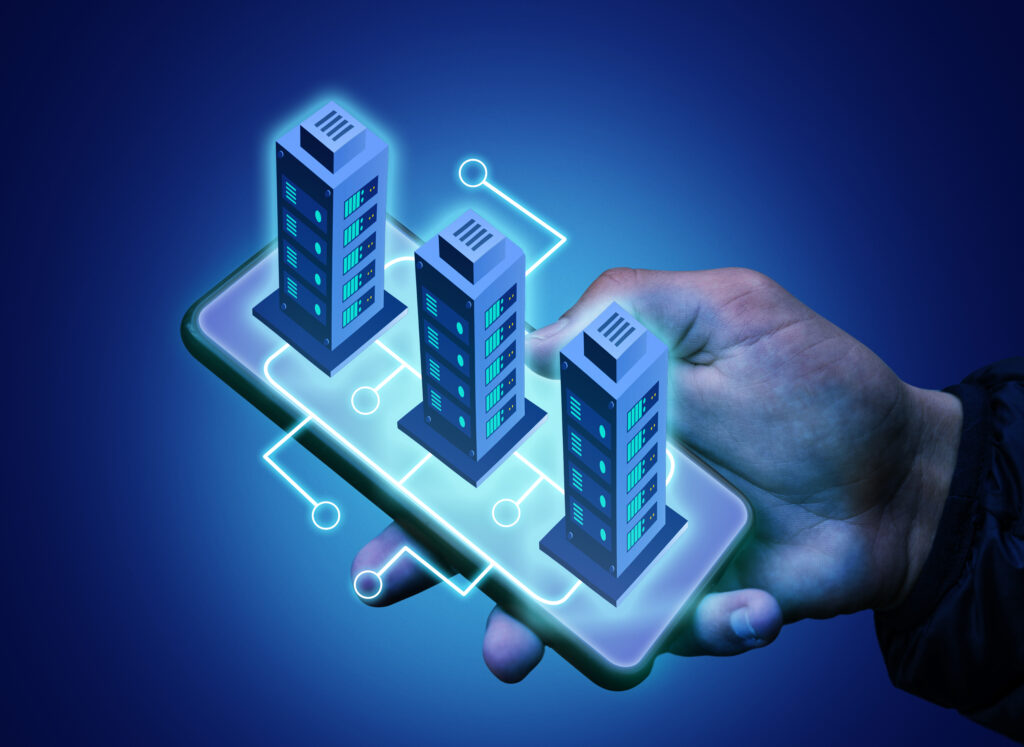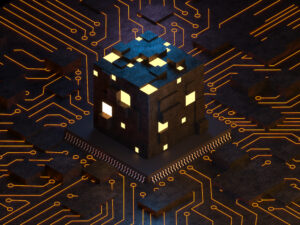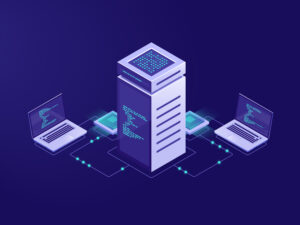The Internet of Things (IoT) is no longer a buzzword — it’s a living, breathing network of billions of devices quietly running the world around us. But behind this seamless connectivity lies a big challenge: data overload.
That’s where edge computing steps in — bringing speed, security, and smarter performance to IoT ecosystems.
Let’s break down how.

What is Edge Computing in the Context of IoT?
In a typical IoT setup, devices collect data and send it to a centralized cloud for processing. This works well — until you need real-time responses or you’re dealing with massive data streams.
Edge computing flips the script.
Instead of relying on a far-off cloud server, edge computing processes data right at or near the source — whether it’s a sensor, a smart device, or a local edge server. That means decisions can be made instantly, without the round-trip delay.
1. Speed: Real-Time Decisions Where They Matter
When a connected car detects a pedestrian, milliseconds matter. Same for:
Industrial robots adjusting a process
A smart grid balancing energy loads
A health monitor detecting an anomaly
Edge computing allows ultra-fast processing by cutting the cloud out of time-sensitive decisions. This enables:
Lower latency
Faster response times
Better user experience
It’s the difference between “reactive” and “real-time.”
2. Security: Keeping Data Local Means Keeping It Safer
IoT networks are huge — and the more data flows between devices and the cloud, the bigger the target for cyberattacks.
Edge computing shrinks the attack surface:
Sensitive data can be processed locally and never leave the device.
Fewer data transmissions reduce exposure points.
Authentication and anomaly detection can happen on-device, stopping threats early.
This is especially useful for industries like healthcare, defense, and finance where data privacy isn’t optional — it’s mission-critical.
3. Efficiency: Less Bandwidth, More Brains
Cloud processing is powerful — but bandwidth isn’t free. Streaming every bit of sensor data to the cloud eats up resources and inflates costs.
Edge computing helps by:
Filtering unnecessary data locally
Sending only what’s relevant to the cloud
Reducing cloud storage needs
The result? More efficient networks that are easier to scale — especially in remote or bandwidth-constrained areas.
Where It’s Already Winning
Smart Manufacturing
Machines detect anomalies and adjust operations on the fly — no cloud delay, no downtime.
Healthcare
Wearables and devices monitor vitals, alerting doctors immediately when something’s off — no need to wait for cloud processing.
Automotive
Edge-enabled systems in autonomous vehicles make split-second decisions — from braking to lane changes.
Retail
In-store sensors process customer behavior in real-time, powering personalized experiences and smarter inventory management.
Challenges to Watch For
While edge computing brings major perks, it also introduces complexity:
Device management becomes harder with many distributed edge nodes
Consistency in updates and security patches must be ensured
Interoperability between various IoT platforms is still a hurdle
But with better orchestration tools, containerization, and standard protocols — these barriers are being broken fast.
Why the Edge is the Future of IoT
Edge computing doesn’t replace the cloud. It complements it — creating a hybrid architecture that brings out the best of both worlds.
For IoT, this means: ✅ Real-time responses
✅ Smarter security
✅ Leaner networks
✅ Greater autonomy
In a world where decisions can’t wait, edge computing makes IoT sharper, safer, and stronger — right where the action is.




